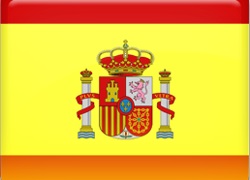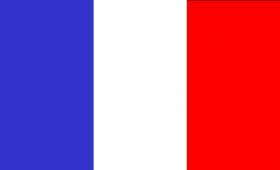Two suspects have been arrested over the €88m Louvre jewel theft. One was caught at the airport heading to Algeria, the other bound for Mali. The four-minute heist exposed major security lapses, and DNA led to a suspect’s ID. Experts fear the jewels may have been destroyed, prompting tighter museum security and the transfer of valuables to the Bank of France.
Two Arrested Over €88m Louvre Jewel Heist


Two suspects have been arrested in connection with the theft of priceless crown jewels from the Louvre Museum in Paris, according to reports from French media.
The Paris prosecutor’s office confirmed that one of the suspects was apprehended at Charles de Gaulle Airport while preparing to board a flight. The stolen items, valued at €88 million (£76 million; $102 million), were taken from the world’s most-visited museum last Sunday when four masked thieves, armed with power tools, broke into the building in broad daylight.
France’s justice minister has admitted that security protocols at the museum “failed,” acknowledging that the incident has left the country with a “terrible image.”
In a statement issued on Saturday evening, the Paris prosecutor’s office confirmed the arrests but did not specify the total number of people taken into custody. According to police sources quoted by French media, one suspect was preparing to travel to Algeria, while the other was reportedly heading to Mali. Specialist investigators are now questioning both men, who can be legally detained for up to 96 hours.
Reports in French media on Sunday revealed that DNA evidence recovered from the crime scene led to the identification of one of the suspects. The gang is believed to have left behind several items, including gloves and a high-visibility jacket. It was also reported that during their escape, the thieves dropped a historic crown once owned by Empress Eugénie, wife of Napoleon III.
The Paris prosecutor criticized the “premature disclosure” of sensitive details about the investigation, saying it hindered efforts to recover the stolen jewels and locate the remaining culprits.
According to investigators, the robbers struck at around 09:30 local time (08:30 GMT), shortly after the museum opened to visitors. They are believed to have arrived with a vehicle-mounted mechanical lift, which they used to access the Galerie d’Apollon (Gallery of Apollo) through a balcony overlooking the River Seine. Photos from the scene showed a ladder leaning against a first-floor window, which the thieves used to gain entry.
Two members of the gang entered the building by cutting through the window using power tools. They then reportedly threatened the museum guards, forcing them to evacuate, before breaking the glass of two display cases containing the jewels.
A preliminary internal report, cited by French media, revealed that one in every three rooms in the affected section of the museum lacked CCTV coverage. Investigators said the robbers spent only four minutes inside the museum, escaping at 09:38 on two scooters that were waiting nearby.
The Louvre’s director, Laurence des Cars, told French senators this week that the only exterior camera pointed away from the balcony leading to the Gallery of Apollo — the very route the thieves used. She admitted that the museum’s perimeter surveillance system was “weak and ageing,” which meant that staff failed to detect the intruders in time to prevent the theft.
Experts now fear that the stolen jewels may already have been dismantled. Dutch art detective Arthur Brand told the BBC that the gold and silver could easily be melted down, and the gemstones cut into smaller pieces, making them almost impossible to trace back to the heist.
Following the theft, security has been reinforced at major cultural institutions across France. The Louvre has also transferred some of its most valuable jewels to the Bank of France for safekeeping. These treasures will now be stored in one of the Bank’s most secure underground vaults, located 26 meters (85 feet) beneath its historic headquarters in central Paris.

 বাংলা
বাংলা  Spanish
Spanish  Arabic
Arabic  French
French  Chinese
Chinese 
